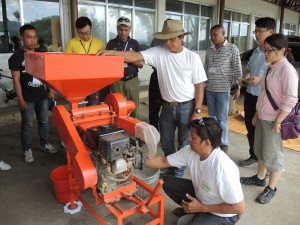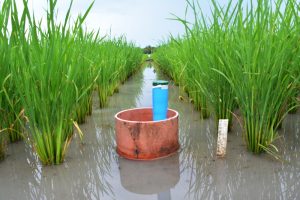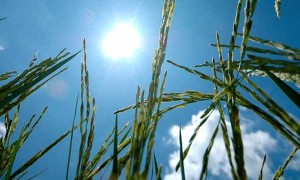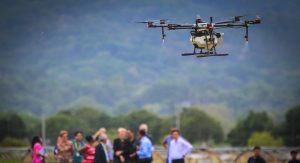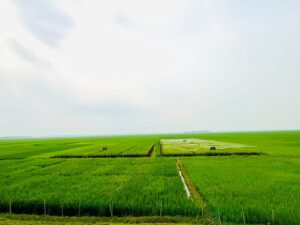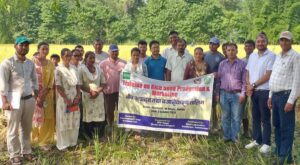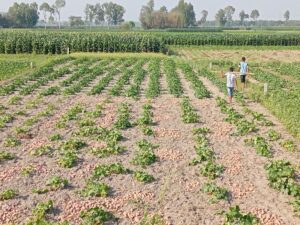Researchers at the University of Queensland have discovered that rice diversity was inherited through only two maternal genomes identified in all rice varieties.
The finding provides clues on how breeders can capture more of the diversity found in wild rice and incorporate these into the domesticated gene pool to improve rice crops for climate change and address food security.
Read the full story at UQ News
More on rice diversity and breeding:
Plant phenomics: unlocking the potential of rice diversity
A foundation for improving rice production in the future lies in unlocking the diversity found within the International Rice Genebank. In 2014, the full genome sequence of 3,000 varieties was released in order to help unlock the secrets contained within. With access to the rice genetic code, breeders were offered the ability to rewrite it and produce new varieties fit for the future. Unfortunately, a piece of the puzzle is still missing—scientists do not know what most of the code does. As a rough estimate, more than 70% of the 55,000 genes that make up the genetic code have no known function. What’s more, much of the diversity in rice results from the natural rewriting of this code. Altering just a single digit can change the entire function of a gene. To understand what happens when this occurs, scientists must measure the physical manifestation of the genes or phenotype. The emerging field of plant phenomics combines biology, engineering, and data analytics to overcome laborious, expensive, and, often, technically challenging phenotyping.
Digital genes
The International Rice Genebank is a galaxy of uncharted genes. Each variety holds within it genetic materials that could be pivotal to the world’s food security in the coming decades of climatic uncertainties. In the past, rice breeders have used less than 5% of the germplasm collection in the genebank in active breeding effort and have been relying on a few major varieties. The first step to unlock the full potential of the genebank is the 3K Rice Genome Project (3K RGP). The 3K RGP demonstrates the power of deep exploration of the genebank and offers opportunities to understand the depth of rice diversity and the population structure of rice types important in breeding.
Dawn of a new era in rice improvement
The 3K RGP data will provide a major step forward by helping breeders to take advantage of the natural trait variation that is found across the selected genebank accessions in the project. Knowing fully the genetic makeup of a particular rice accession will allow researchers to identify genetic markers related to specific traits, and better understand how different genetic interactions affect plant phenotypes. With this information, breeders will be able to make more intelligent choices in accession selection for making crosses, resulting in more rapid development of rice varieties for deploying in poor and environmentally stressed locations around the world.

